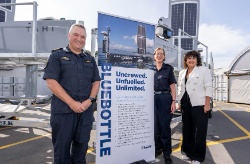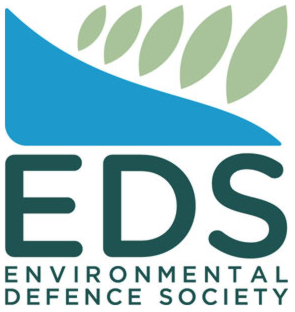Greenpeace claims the levels of nitrates in some Mid Canterbury drinking water shows “a present and looming public health crisis”.
The environmental group recently tested 114 water samples provided by members of the public across two events (79 in Ashburton and 35 in Methven), including 60 from private bores.
Greenpeace spokesperson Will Appelbe said almost half of the samples from private bores were above 5 mg/L of nitrate.
The current legal limit is 11.3 mg/L of nitrate, but the NZ College of Midwives recommended pregnant people consider avoiding water above 5 mg/L due to an increased risk of preterm birth, Appelbe said.
"It’s unacceptable that these communities have such high levels of nitrate in their drinking water, and it’s particularly concerning for pregnant people and small babies, whose health could be at risk," Appelbe said.
“Nearly one in five bore water samples were over 11.3 mg/L of nitrate, the current legal limit.”
Two samples were more than double the legal limit of nitrate (above 22.6 mg/L).
The standard was set in the 1950s by the World Health Organisation.
Canterbury's regional council said it had no reason to dispute Greenpeace’s figures.
Environment Canterbury science director Dr Tim Davie said the results “confirm our findings that nitrate in groundwater is a significant issue in the Ashburton District”.
“This is why we have developed plans, with policies and rules to reduce the amount of nitrate leached into our groundwater.”
Davie has previously stated the nitrate concentrations are “a result of more than a century of all types of agriculture and meat processing on the Canterbury plains”, and would take some time to address.
However, Appelbe said this "is a present and looming public health crisis for Mid Canterbury".
“The fact that nearly one in five bores tested in Ashburton are breaching the Government’s maximum standards for nitrate contamination indicates a gross failure to regulate pollution by Environment Canterbury,”
Greenpeace called for synthetic nitrogen fertilisers to be phased out and pushed for a transition to more sustainable forms of agriculture.
The 27 samples from the Ashburton urban supply had a mean of 2.06 mg/L, while a sample from the Hinds town supply tested at 6.55 mg/L.
Ashburton District Council infrastructure and open spaces manager Neil McCann said Greenpeace's test results for Ashburton were in line with council results, and the latest testing on the Hinds supply registered a 6.47mg/L nitrate-nitrogen level.
Appelbe said there is a growing body of evidence that indicates that longer-term exposure to drinking water above 0.87 mg/L can increase the risk of bowel cancer.
Greenpeace testing allowed members of the public to bring in water samples for free testing. It was not reported specifically where the samples were taken from or if the location of the samples were verifiable.
Environment Canterbury recently decided against offering region-wide water testing events as the cost of private testing falls to bore owners.
Instead, ECan extended an awareness campaign so private well owners knew of potential risks and the need to test wells regularly.



 Gordon Campbell: On The Left’s Electability Crisis, And The Abundance Ecotopia
Gordon Campbell: On The Left’s Electability Crisis, And The Abundance Ecotopia NZ Government: Stay Safe On Our Roads This Easter
NZ Government: Stay Safe On Our Roads This Easter YWCA: Global Push Back Against Gender Equality A Growing Crisis In Aotearoa
YWCA: Global Push Back Against Gender Equality A Growing Crisis In Aotearoa Te Pāti Māori: Ngarewa-Packer - Fast-Tracking Seabed Mining Ignores Māori Opposition And Environmental Precedent
Te Pāti Māori: Ngarewa-Packer - Fast-Tracking Seabed Mining Ignores Māori Opposition And Environmental Precedent New Zealand Defence Force: Defence And Customs Strengthen Maritime Security With Uncrewed Surface Vessels
New Zealand Defence Force: Defence And Customs Strengthen Maritime Security With Uncrewed Surface Vessels SPCA: Huge Win With New Dog Tethering Regulations
SPCA: Huge Win With New Dog Tethering Regulations Community Housing Aotearoa: Ngā Wharerau o Aotearoa Says New Partnership Model Helping Ensure Right To A Decent Home Is Realised
Community Housing Aotearoa: Ngā Wharerau o Aotearoa Says New Partnership Model Helping Ensure Right To A Decent Home Is Realised


